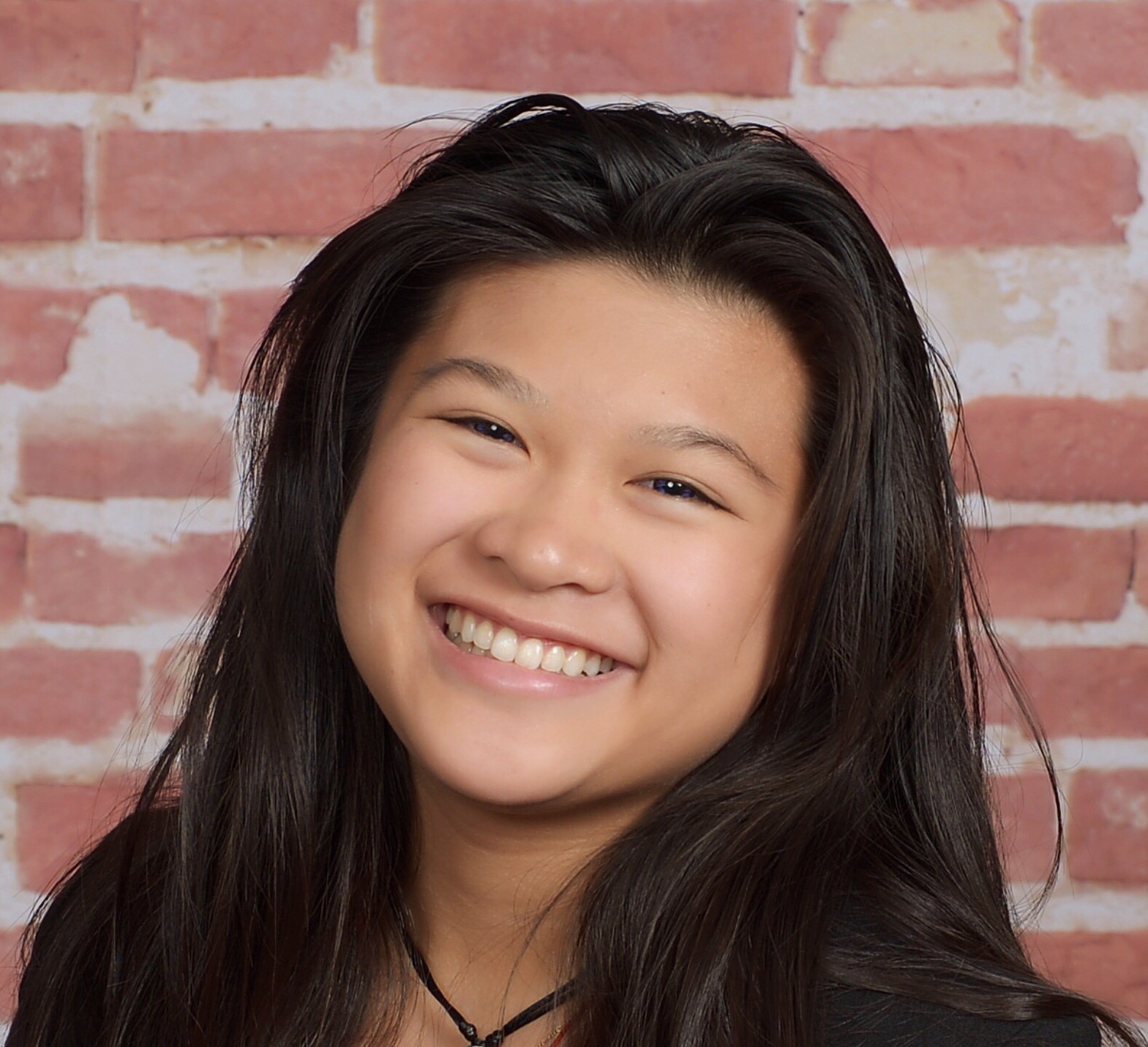Below is a summary of the abstract you submitted. Presenting author(s) is shown in bold.
If any changes need to be made, you can modify the abstract or change the authors.
You can also download a .docx version of this abstract.
If there are any problems, please email Dan at dar78@pitt.edu and he'll take care of them!
This abstract was last modified on May 1, 2019 at 9:56 p.m..

In the fall semester, our BIO 210 lab isolated several phages from soil on our campus using Gordonia terrae as a host. We sent two samples to University of Pittsburgh for sequencing. In the spring semester we annotated the genome of Axym, which belongs to Cluster CT. Like other CT cluster phages, Axym appears to have a lytic life cycle, no tRNA genes, and a split Lysin A gene found on the far-left end of the genome. As we were annotating Axym, we noticed a high level of similarity to a subset of CT phages and very little similarity to other CT phages. Thus, we compared the CT phages using the Gene Content Comparison tool available on Phagesdb and by SplitsTree4 analysis (Huson, 2006). From these data, we propose that Axym, along with five other CT phages, should be placed in a new subcluster within the CT cluster. Our second sample, aptly named Jumble, contained a mixture of 2 genomes: one from the DG cluster (Jumble_DG) and one from the CQ cluster (Jumble_CQ). In order to annotate these two genomes, we first needed to separate and purify them for archiving and determine which phage went with which genome sequence. We designed primers for each phage based on unique sequences in their tape measure genes, determined optimal PCR conditions and repeated plaque purification several times in order to get pure cultures. We created lysates, then used the primer sets to test for the presence of each genome in the purified lysates. We also re-examined the electron microscopy images and found phages with two different tail lengths. Using tape measure gene length, we were able to match each EM image to the correct phage and genome.
D. H. Huson and D. Bryant, Application of Phylogenetic Networks in Evolutionary Studies, Mol. Biol. Evol., 23(2):254-267, 2006.

